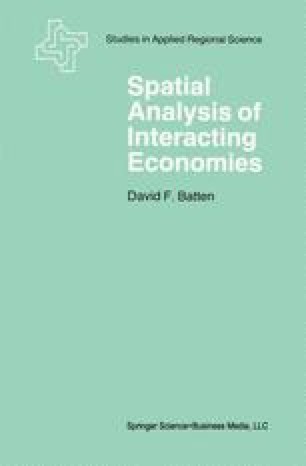
This loss of usable caloric was a precursory form of the increase in entropy as we now know it. Any real heat engine could not realize the Carnot cycle's reversibility, and was condemned to be even less efficient.

He also discovered that this idealized efficiency was dependent only on the temperatures of the heat reservoirs between which the engine was working, and not on the types of working fluids. Building on his father's work, Sadi postulated the concept that "some caloric is always lost" in the conversion into work, even in his idealized reversible heat engine, which excluded frictional losses and other losses due to the imperfections of any real machine. In this book, Sadi visualized an ideal engine in which any heat (i.e., caloric) converted into work, could be reinstated by reversing the motion of the cycle, a concept subsequently known as thermodynamic reversibility. During the following year his son Sadi Carnot, having graduated from the École Polytechnique training school for engineers, but now living on half-pay with his brother Hippolyte in a small apartment in Paris, wrote Reflections on the Motive Power of Fire. This loss of moment of activity was the first-ever rudimentary statement of the second law of thermodynamics and the concept of 'transformation-energy' or entropy, i.e. From this Carnot drew the inference that perpetual motion was impossible. Over the next three decades, Carnot's theorem was taken as a statement that in any machine the accelerations and shocks of the moving parts all represent losses of moment of activity, i.e.

Carnot saw through all the details of the mechanisms to develop a general discussion on the conservation of mechanical energy. This work includes a discussion on the efficiency of fundamental machines, i.e. In 1803, mathematician Lazare Carnot published a work entitled Fundamental Principles of Equilibrium and Movement. In 2019, the notion was leveraged as ' relative beam entropy' for a single-parameter characterization of beamspace randomness of 5G/6G sparse MIMO channels, e.g., 3GPP 5G cellular channels, in millimeter-wave and teraHertz bands.

Since the mid-20th century the concept of entropy has found application in the field of information theory, describing an analogous loss of data in information transmission systems. Clausius continued to develop his ideas of lost energy, and coined the term entropy. In the early 1850s, Rudolf Clausius set forth the concept of the thermodynamic system and posited the argument that in any irreversible process a small amount of heat energy δQ is incrementally dissipated across the system boundary. Over the next two centuries, physicists investigated this puzzle of lost energy the result was the concept of entropy.

Early heat-powered engines such as Thomas Savery's (1698), the Newcomen engine (1712) and the Cugnot steam tricycle (1769) were inefficient, converting less than two percent of the input energy into useful work output a great deal of useful energy was dissipated or lost. The concept of entropy developed in response to the observation that a certain amount of functional energy released from combustion reactions is always lost to dissipation or friction and is thus not transformed into useful work.


 0 kommentar(er)
0 kommentar(er)
